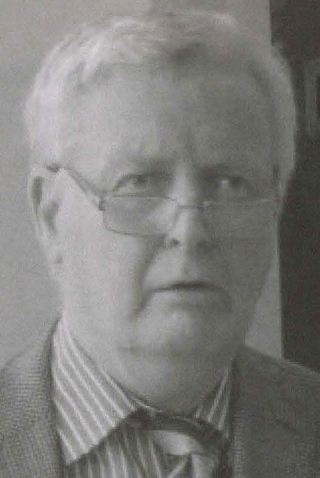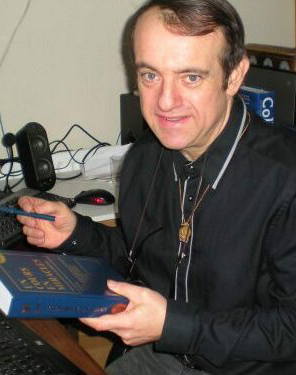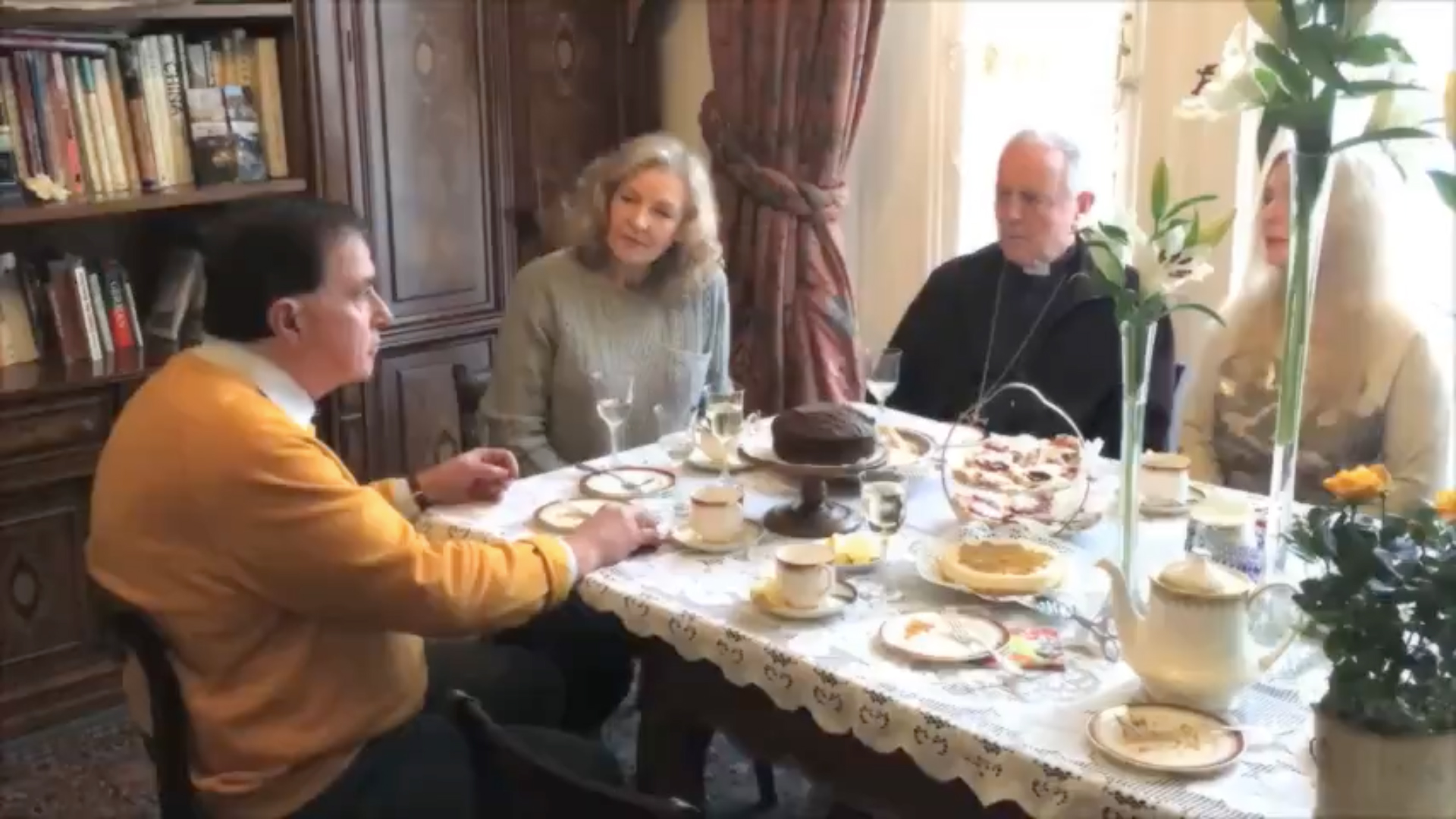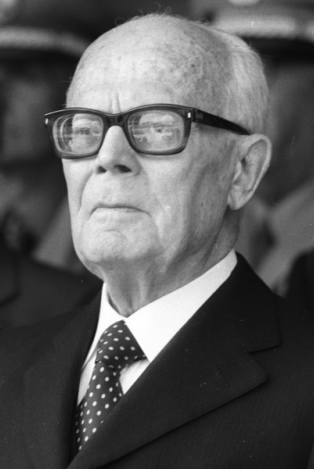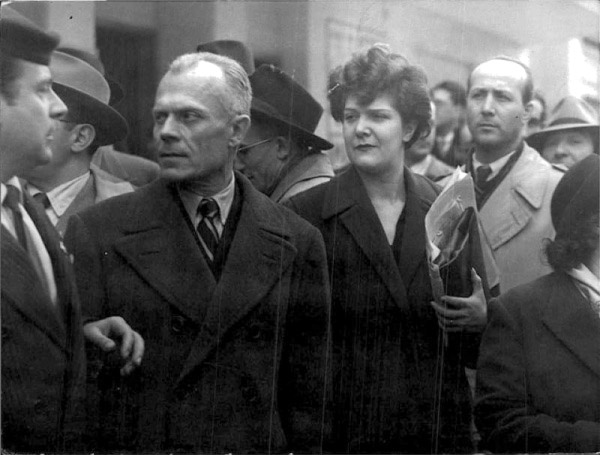The loopy channel
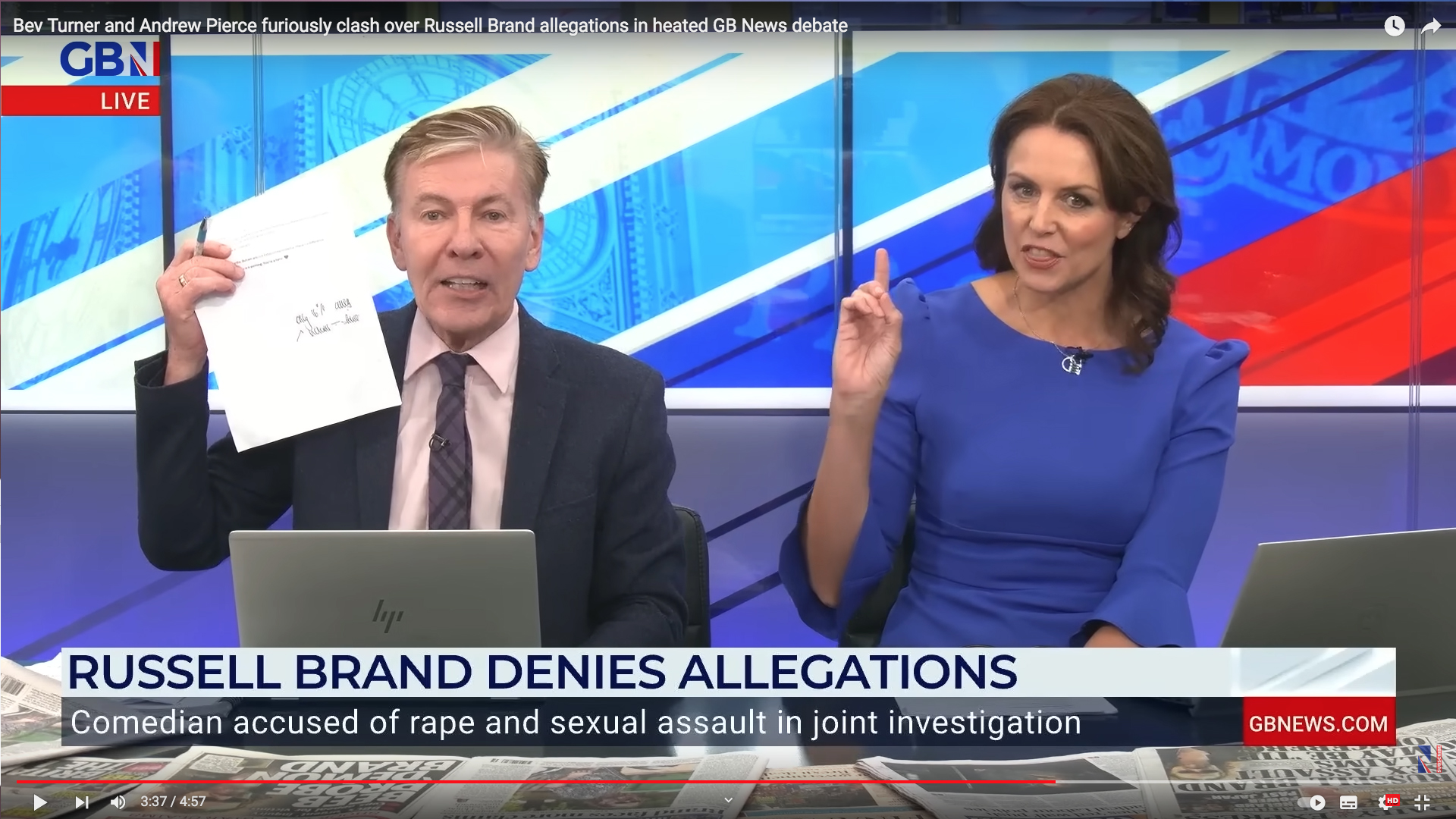
Tweets by Bev Turner, the latest GB News star to put her foot in the proverbial, has Martyn Lester pondering how the channel selects its cohort of blundering presenters
Sometimes I pause to wonder whether it is actually built into the contracts of GB News presenters that they must periodically say something so loony that it gets them splashed over the front pages of the newspapers (especially the Jewish Chronicle). Then I relax a little and decide that it really can’t be that organised. Surely, I tell myself, the trait is merely a product of the type of person that the owners appoint in the first place. When you buy yourself a Rees-Mogg or a Farage, you don’t have to order them to come up with jaw-dropping remarks – any more than you would venture into a forest with the intention of instructing bears in preferred toilet habits.
GBN – or, as some prefer to call it, GBH – weekday morning presenter Beverley Turner took her turn in the woodland defecation rota in July when she dropped a turd – sorry, tweet – which strongly implied that not only was Covid-19 a manufactured virus, but that it may well have been engineered to be Sino-Jewish, racially targeted biological warfare.
‘Sars cov 2 virus causes less harm to certain ethnicities – east Asians, and Ashkenazi Jews (Fauci anyone?) than to European, S Asian & African … Just let that sink in,’ Turner tweeted (we can’t bring ourselves to say X’ed, whatever Elon Musk may think). ‘This is looking increasingly like a bio weapon to destroy the west. Why is this not on the front pages of every paper?’
Her question may have been rhetorical, but in case it wasn’t, it is ‘Because it’s mostly bollocks’. I say ‘mostly’ because not everything in the tweet is wrong. It was recognised early on in the pandemic that several racial minorities in the UK were dying at a markedly faster rate than the core white population.
A tweet too far
Without going into too much detail, the latest Office for National Statistics update on deaths by ethnicity (analysed via ‘age standardised mortality rates’) across the first five phases of the pandemic show especially high figures for people identifying as ethnically Bangladeshi or Pakistani, high for Black African and Black Caribbean, and above average for those of Indian heritage. Figures for those identifying as Chinese are relatively low, but pretty much indistinguishable from those for White British and White Other. Had the virus been designed to spare ethnic Chinese, it was engineered pretty badly.
Jewish is not an ethnic category under the ONS, but it does show up in its mortality breakdown by religion, where Jewish figures were a trifle higher than those for Christians in the first phase of the pandemic and thereafter broadly similar (Muslims had by far the highest rate). Again, this would indicate poor engineering if you were looking to design a virus to which Ashkenazi Jews were anything like immune.
Not unnaturally Turner’s comments provoked a fair amount of outrage, especially among Chinese and Jewish families who had lost loved ones during the pandemic. After a fairly heavy backlash, including from MPs and anti-Semitism monitors, the tweet was quietly deleted.
When a fool rushes in
We suspect that Turner was inspired to publish this drivel by nutty Democratic primary prospective candidate Robert F Kennedy Jr, who has been pushing much the same line in the USA, naming Ashkenazi Jews and Chinese as the explicit beneficiaries of the engineering. Whether the victim groups are ‘Black and Latino boys’ or it is ‘targeted to attack Caucasians and Black people’ seems to vary according to the nature of his (often private) audiences. Kennedy was caught on a hot mic using the latter phrase at almost exactly the same time as Turner made her ill-advised tweet in mid-July, although the topic has been simmering with him since as far back as 2020.
Kennedy, who is the son of the former US Attorney General and the nephew of President John F Kennedy, has been excoriated by several horrified members of that distinguished family – including his siblings – although thus far no one has pointed out that Jack, Bobby and Teddy’s father was a notorious Jew hater and Hitler heiler. Joe Kennedy was US Ambassador to the UK during the Blitz, which must have been uncomfortable for the fervent Führer fanboy.
You would think that the reputational consequences of shoot-from-the-lip tweet-slinging might have taught Turner to stop and count to ten before kneejerk tweeting over the next few months. If so, you would be mistaken.
When, in mid-September, high-profile comedian and on-off conspiracy theorist Russell Brand rushed out a video claiming to ‘refute’ a forthcoming mainstream media exposé about him, Turner wasted no time at all in leaping into the fray and declaring him a ‘hero’. With Brand having failed to offer even a hint regarding what he was being accused of (merely referring to ‘serious allegations’) or which media outlets were involved, a wise person might have felt that they should keep their powder dry until at least some of this became clearer.
They say that fools rush in where angels fear to tread. Which seems true enough, but they might add that ‘on arrival, even fleet-footed fools will find that a GB News presenter has beaten them to it’. With nothing to go on other than Brand’s claims of persecution, Turner tweeted back: ‘You are being attacked @rustyrockets.’ She continued: ‘Establishment media don’t know what to do with the fact that you have 6 million subscribers & generate autonomous, knowing and original content. You are welcome on my @GBNEWS show anytime. We are mainstream media. But we are not Establishment media. There’s a difference. Keep going. This proves you are winning. You’re a hero.’
Had she waited until the next day Turner would have discovered that the case against Brand was not some scandal sheet tittle-tattle about whether the hirsute comedian had once been seen smoking a joint, but a combined Times, Sunday Times and Dispatches (Channel 4) investigation into accusations of rape, sexual assault and emotional abuse offences against four alleged victims.
Searchlight is, to risk stating the obvious, in no position to adjudicate the truth or falsehood of any of the allegations against Brand, who suggests that there is ‘another agenda at play’. We feel on safer ground, though, in noting that, by throwing herself blindly into the fray, Turner more or less wrote her ‘hero’ a blank cheque for his (at that stage unspecified) behaviours.
More tweeting nonsense
Turner is of course not alone among GBN presenters in blithely courting controversy through casual tweets. In the previous Searchlight we looked at an uncritical repost by presenter Neil Oliver of an ‘artwork’ that appeared (to put it mildly) to link Covid vaccines with Nazi medical experiments.
As if to double down on this distasteful appropriation of Holocaust imagery, Oliver has more recently retweeted a post in which Auschwitz is openly offered as a parallel to, of all things ‘the 15 minute-city’. This is a planning concept that proposes that, where possible, urban areas should be developed in such a way as to place schools, GP practices, shops and other facilities within a 15-minute walk or 5-minute bicycle ride of residential property in the catchment.
You might think that such ideas would find favour with (small ‘c’) conservatives prone to sighing, ‘It was all so much better when I were a lad’ – namely, that they would approve of a tendency back to having local shopping streets instead of out-of-town malls, a GP around the corner instead of a health centre a taxi ride away and neighbourhood schools instead of car-run-distant mega-academies.
There are, as with anything, pros and cons, and plenty of room for discussion on how best to achieve those localisation aims. But not, it seems, to the dedicated conspiracy theorist. The 15-minute city is, they say, no more than a global plot (or ‘international socialist concept’ according to Don Valley MP Nick Fletcher) to lock the population into open-air prisons with masses of surveillance cameras equipped with number-plate recognition, where you will be fined for so much as waving a shammy leather at your car. (As we saw in the recent Uxbridge by-election, ‘They’re coming for your cars’ seems to be the UK equivalent of the US right wing’s perennial cry of ‘They’re coming for your guns’.) Back in February, GB News hosted a five-minute live rant segment on the issue, by Mark Dolan, which described the 15-minute city as ‘Dystopian’ with ‘a surveillance system that would make Pyongyang envious’. The only difference between your local councillors and Kim Jong Un is, it would seem, their choice of hairdresser.
Oliver’s latest contribution has been to retweet, uncommented, a post stating: ‘UN – 15 minute cities were planned for from a 1970’s UN action plan. Can you see it yet?’ All there is to ‘see’ in the tweet is a photo of the entrance to Auschwitz. So there you have it: in place of ‘local shops and schools’ read ‘Hitler’s death camps’. Why didn’t we all see it earlier?
Early in September, Oliver parted company with the Royal Society of Edinburgh, which had made him a Fellow in 2020. The prestigious scientific body had become increasingly worried that ‘His current views on various matters, widely aired on television, put him at odds with scientific and broader academic learning within the Society. Following discussions, he offered to resign his association with the RSE with immediate effect’, according to an RSE spokesperson. His views on Covid-related issues (such as vaccines) are thought to have featured strongly in these concerns.
Coincidentally (or not), like Turner, Oliver spoke out in support of the under-fire Russell Brand, saying: ‘The way [he] is being treated by the relic media is plain wrong. The fracture between reasonable people and this travesty of a media is being made permanent.’
‘Silver-tongued’ newby
One of the newest jades to be inducted into the GBN presenters’ stable is Conservative Party Deputy Chairman Lee Anderson. He fairly quickly got himself into trouble over his new job when he broke the rules by filming himself on a parliamentary rooftop to promote his show. He was told off by Parliament’s Serjeant at Arms, but it was a relatively minor matter compared with the sort of thing we might have been expecting from the Ashfield MP.
One of the 2019 House of Commons intake, ‘30p Lee’ found himself in hot water even before polling day, when he was one of three candidates investigated for alleged anti-Semitism. Anderson was an active member of a Facebook group that promoted conspiracy theories about Jewish financier George Soros and featured Tommy Robinson supporters among its members. He quickly quit the group and ‘voluntarily’ received training from the Antisemitism Policy Trust.
More recently, in August, Anderson made the news by declaring of asylum-seekers: ‘If they don’t like barges then they should fuck off back to France.’ What a silver-tongued, sophisticated fellow he is.
As Searchlight was going to press, Ofcom found that GB News breached its impartiality requirements in an interview with the Chancellor, Jeremy Hunt, conducted by two Conservative MPs, Esther McVey and husband Philip Davies. Hardly a surprise; and hardly a surprise if it’s the first of many such adjudications.
